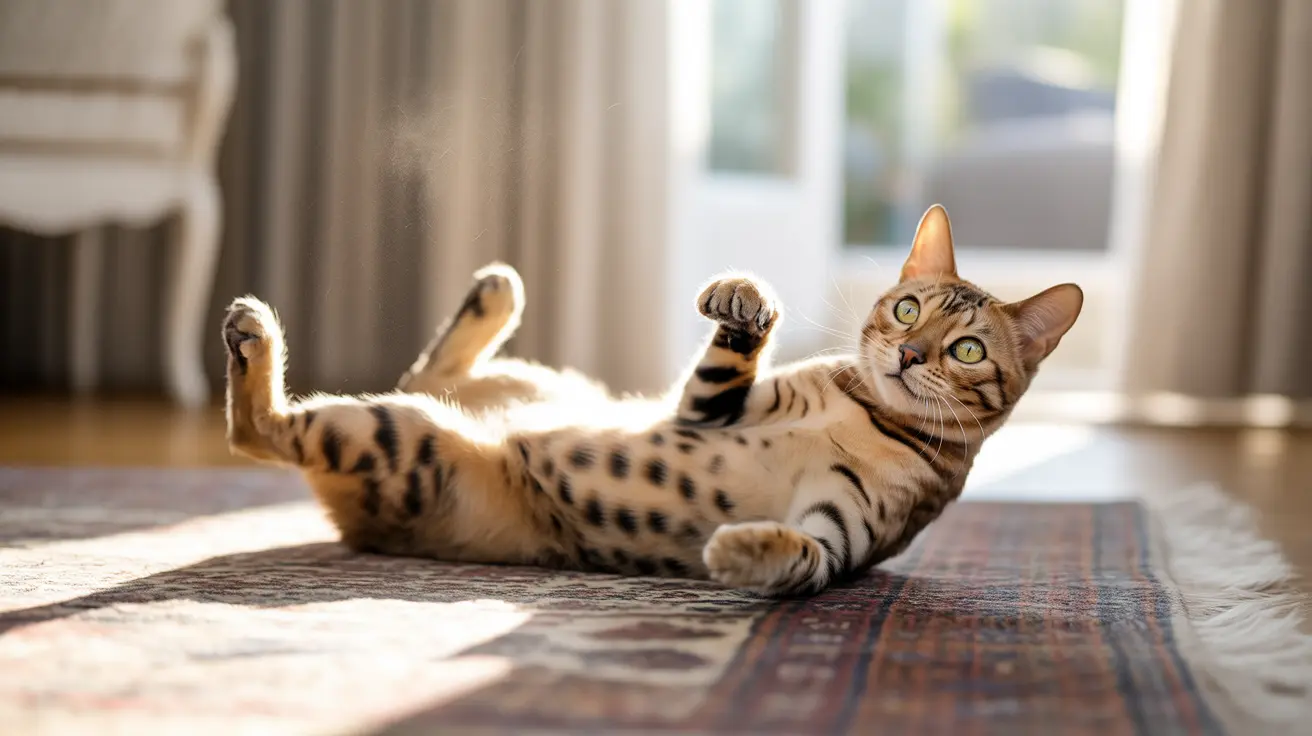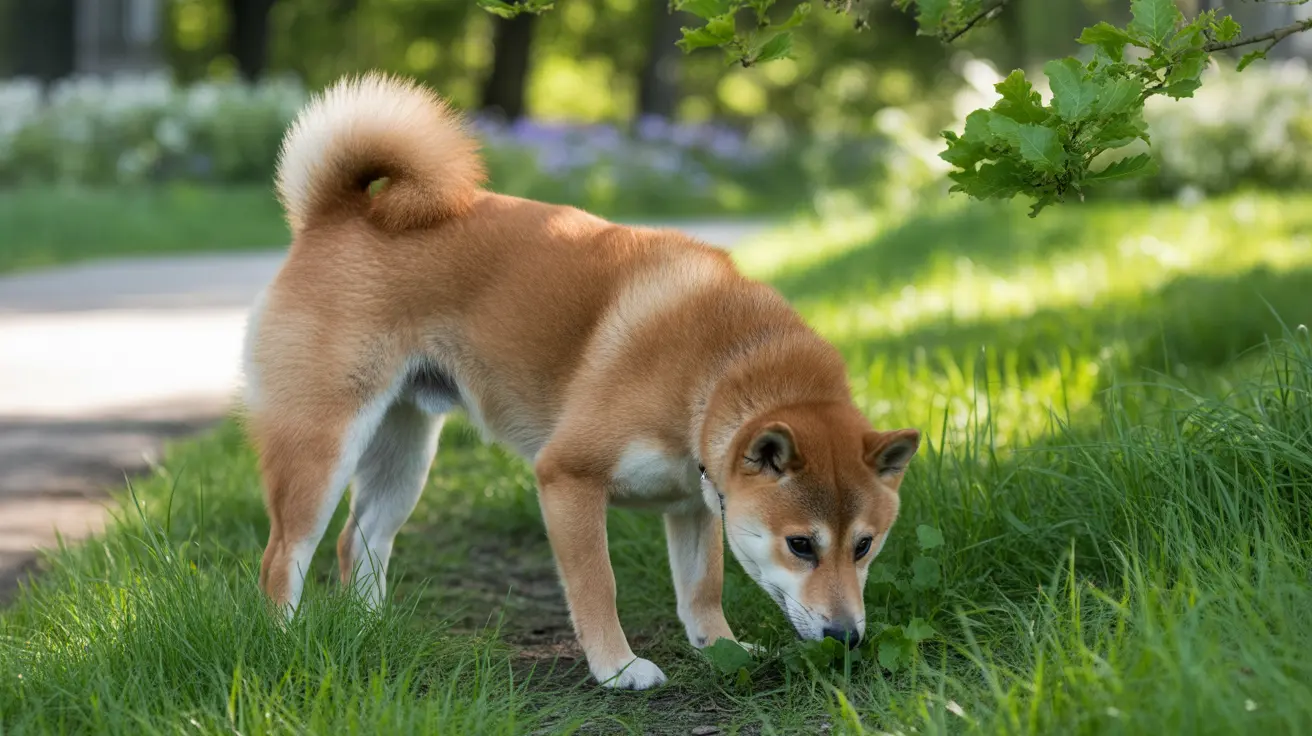Introduction
The question "do cats enjoy sex" is one that many pet owners naturally wonder about, especially when witnessing the often dramatic and seemingly aggressive nature of feline mating. While humans may project their own experiences onto their pets, the reality of feline reproduction is quite different from what we might expect.
In this comprehensive guide, we'll explore the scientific evidence behind cat mating behavior, examining both the physical and behavioral aspects that indicate cats' experience during reproduction is primarily driven by biological imperatives rather than pleasure.
The Physical Reality of Feline Mating
Contrary to what some might assume, most scientific evidence suggests that cats do not experience pleasure during mating. The physical process is particularly challenging for female cats (queens), largely due to the unique anatomy of male cats.
Male cats possess a barbed penis, which causes significant discomfort to the female during withdrawal. This anatomical feature serves a biological purpose - triggering ovulation - but results in a notably painful experience for the queen.
Understanding Female Cat Mating Responses
When observing female cats during mating, their reactions clearly indicate discomfort rather than enjoyment. Queens typically emit a loud, piercing cry when the male withdraws, often followed by aggressive swatting at the tom cat. This reaction is a direct response to the pain caused by the barbed penis.
After mating, queens display what veterinarians call the "after reaction," which includes:
- Frantic rolling on the ground
- Intense self-grooming
- Agitated behavior
- These behaviors typically last for about 10 minutes
The Role of Hormones and Instinct
Cat mating behavior is primarily driven by hormonal influences and biological imperatives rather than pleasure-seeking. Female cats enter heat cycles approximately every 2-3 weeks during breeding season, displaying behaviors such as:
- Excessive vocalization
- Restlessness
- Increased affection
- Adoption of the lordosis position (raised hindquarters)
These behaviors are instinctual responses to hormonal changes rather than indicators of seeking pleasurable experiences.
The Mating Process
The actual mating process is brief and functional, typically lasting only a few seconds to minutes. The sequence involves:
- The male mounting the female
- Gripping her neck with his teeth
- Brief copulation
- Withdrawal (causing the characteristic cry of pain)
- Immediate separation
This process may repeat multiple times during a heat cycle, as multiple matings increase the likelihood of successful ovulation and pregnancy.
Health and Behavioral Implications
Understanding that cats don't experience sexual pleasure helps inform responsible pet ownership decisions. Spaying and neutering not only prevent unwanted litters but also eliminate the stress and discomfort associated with the mating process.
Frequently Asked Questions
Do female cats experience pain or pleasure during mating?
Female cats experience pain during mating, particularly during withdrawal, due to the male's barbed penis. There is no scientific evidence suggesting they experience pleasure during the process.
Why do female cats scream and try to escape when mating occurs?
The scream and escape attempt occur when the male withdraws his barbed penis, causing pain to the female. This is a natural reaction to physical discomfort rather than an expression of pleasure.
How does the male cat's barbed penis affect the mating process and female cats?
The barbed penis serves to trigger ovulation in female cats but causes pain during withdrawal. These barbs scratch the female's reproductive tract, stimulating the release of hormones necessary for conception.
What behaviors do female cats show after mating, and why?
After mating, females typically show the "after reaction," including rolling, intense grooming, and agitated behavior. These actions are responses to physical discomfort and the need to soothe irritated areas.
Can spaying or neutering affect a cat's mating behavior and health?
Yes, spaying and neutering eliminate mating behaviors and associated stress while providing numerous health benefits, including reduced risk of certain cancers and prevention of unwanted pregnancies.
Conclusion
Scientific evidence clearly shows that cats do not experience sexual pleasure during mating. The process is driven by biological imperatives and hormonal influences rather than enjoyment. Understanding this helps pet owners make informed decisions about spaying and neutering their cats, which can prevent both unwanted litters and the physical discomfort associated with the mating process.






